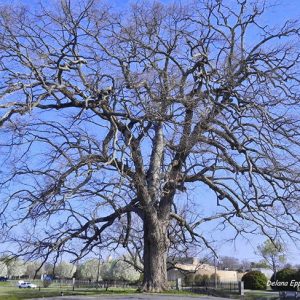 Chinquapin Oak
Chinquapin Oak
Entry Type: Place - Starting with C
 Chinquapin Oak
Chinquapin Oak
Chinquapin (Independence County)
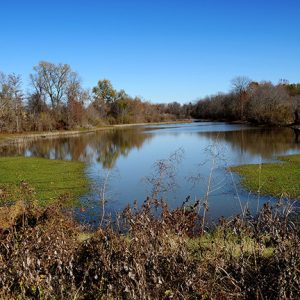 Choctaw Island WMA
Choctaw Island WMA
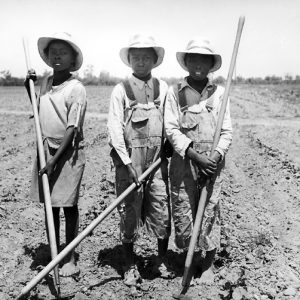 Chopping Cotton
Chopping Cotton
 Christ Church Parochial and Industrial School
Christ Church Parochial and Industrial School
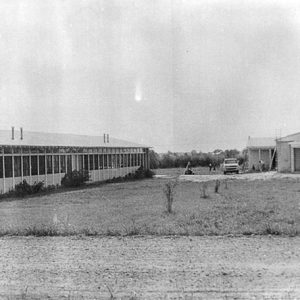 Christ Church Parochial School Buildings
Christ Church Parochial School Buildings
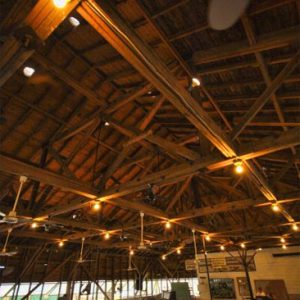 Christadelphian Tabernacle
Christadelphian Tabernacle
 Christadelphian Church
Christadelphian Church
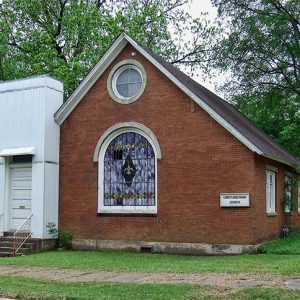 Christadelphian Church
Christadelphian Church
 First Church of Christ-Scientist
First Church of Christ-Scientist
 Christy Vanadium Mine Pit
Christy Vanadium Mine Pit
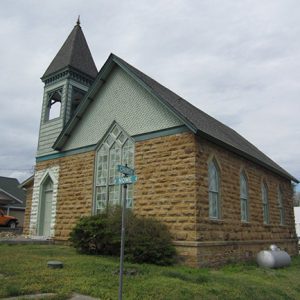 Church of the Nazarene
Church of the Nazarene
 Church Picnic
Church Picnic
 Circle Cross Cowboy Church
Circle Cross Cowboy Church
 Citizens Bank Building
Citizens Bank Building
 Citizens Bank Building
Citizens Bank Building
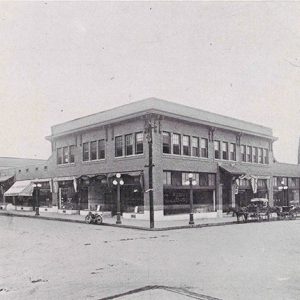 City Market and Arcade
City Market and Arcade
 City Market and Arcade Interior
City Market and Arcade Interior
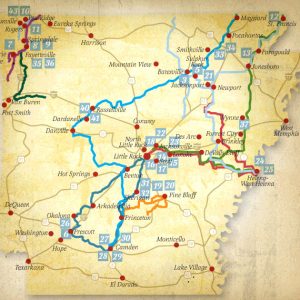 Civil War Trails
Civil War Trails
 Civilian Conservation Corps Camp
Civilian Conservation Corps Camp
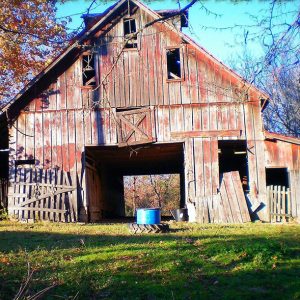 Clarence Anderson Barn
Clarence Anderson Barn
Clarendon (Monroe County)
 Clarendon Button Factory
Clarendon Button Factory
 Clarendon Flood
Clarendon Flood
 Clarendon Riverfront
Clarendon Riverfront
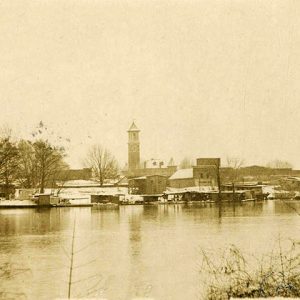 Clarendon Riverfront
Clarendon Riverfront
Clark County
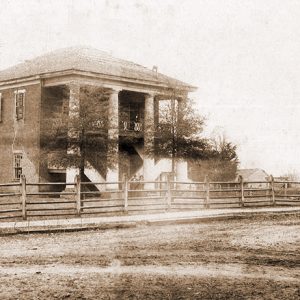 Original Clark County Courthouse
Original Clark County Courthouse
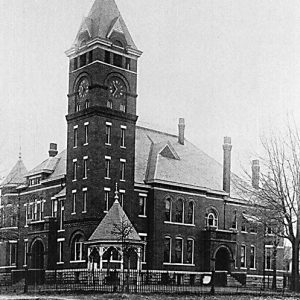 Clark County Courthouse
Clark County Courthouse
 Clark County Courthouse
Clark County Courthouse
 Clark County Courthouse
Clark County Courthouse
 Clark County Museum
Clark County Museum
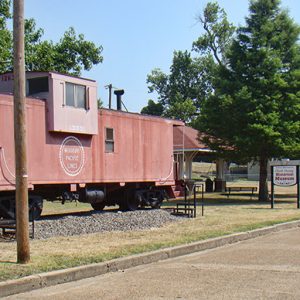 Clark County Museum
Clark County Museum
 Clark County Public Library
Clark County Public Library
 Clark House
Clark House
 Clark Retirement Notice
Clark Retirement Notice
 Joe Marsh and Maxine Clark House
Joe Marsh and Maxine Clark House
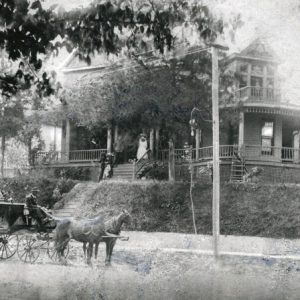 Moses Clark House
Moses Clark House
 Clarke's Academy
Clarke's Academy
Clarkedale (Crittenden County)
Clarksville (Johnson County)
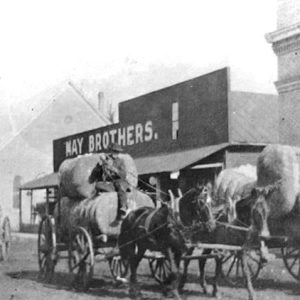 Clarksville Cotton
Clarksville Cotton
 Clarksville Gas Station
Clarksville Gas Station
 Clarksville High School Building No. 1
Clarksville High School Building No. 1
 Clarksville High School Building No. 1 (back)
Clarksville High School Building No. 1 (back)
 Clarksville National Guard Armory
Clarksville National Guard Armory
 Clarksville National Guard Armory Entrance
Clarksville National Guard Armory Entrance
 Clarksville National Guard Armory
Clarksville National Guard Armory
 Clarksville Presbyterian Church
Clarksville Presbyterian Church
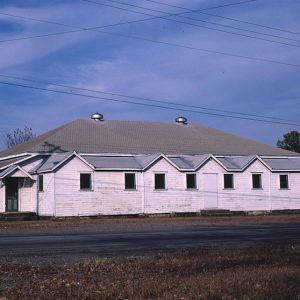 Clarksville Skating Rink
Clarksville Skating Rink




